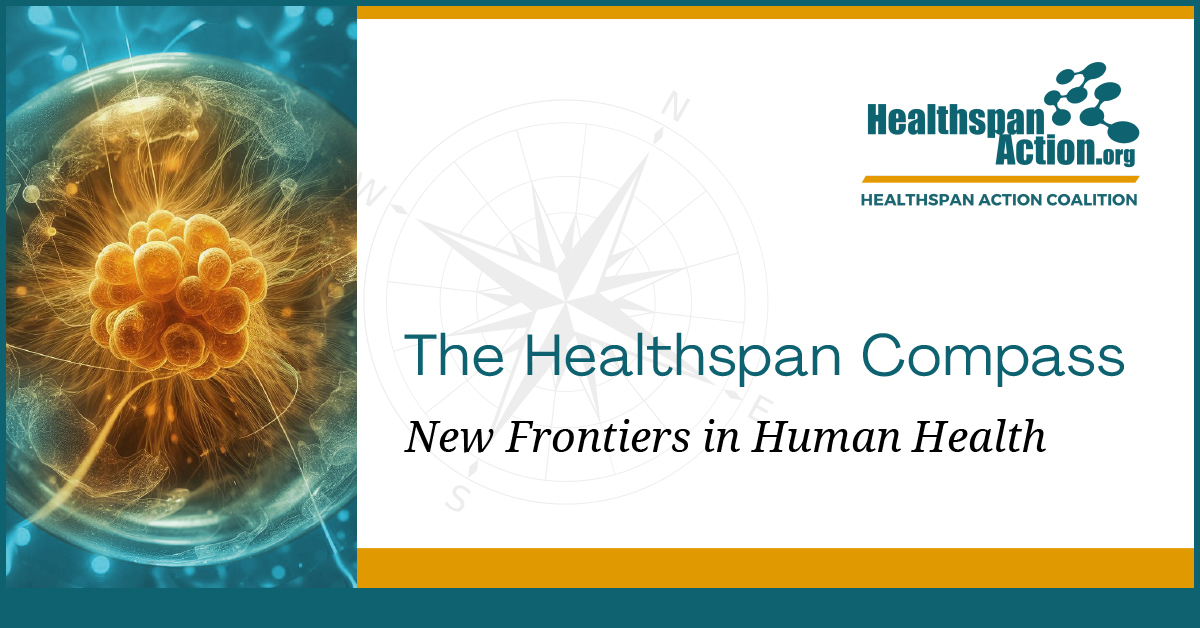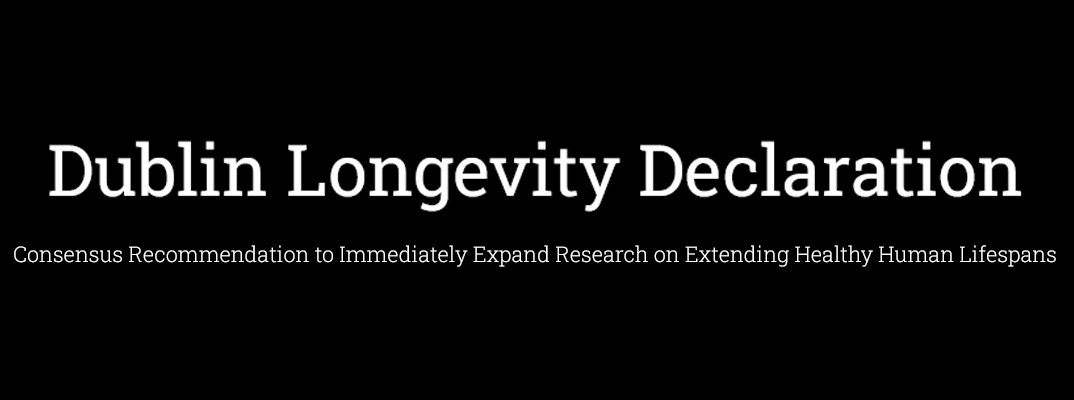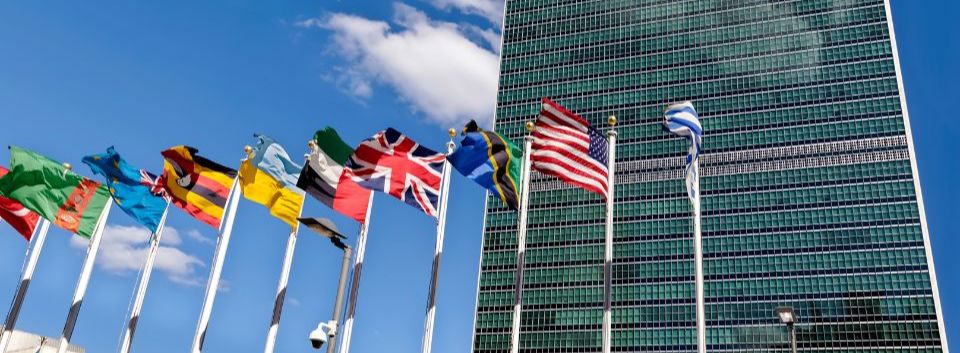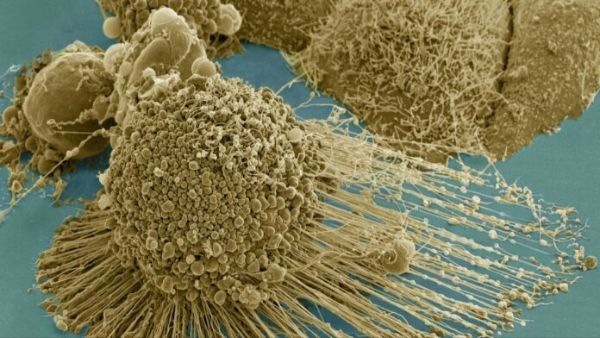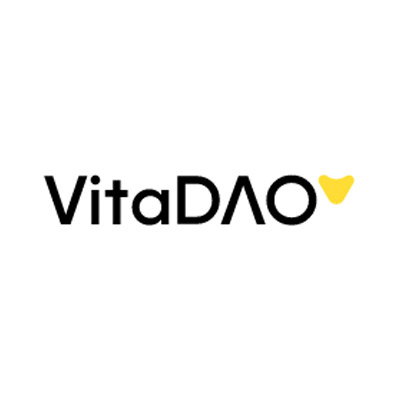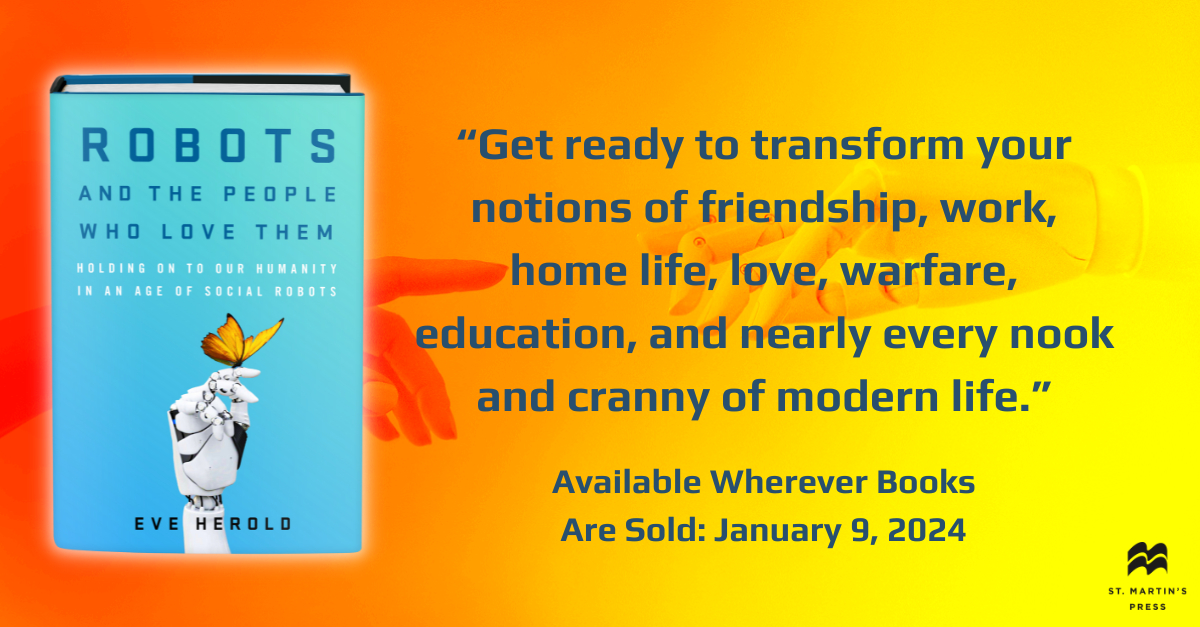By that I’m thinking of the infrastructure that underpins getting new treatments benchside to bedside. Read on for a status report on the Dublin Longevity Declaration, and a major move by the World Health Organization to advance international measurement standards of healthy longevity. Follow that with some new poll numbers regarding Americans’ view of science, plus a spotlight on member organization VitaDAO.
A Healthspan Call to Arms
The healthspan field has been electrified for the past week by the promise of a head-spinning $101 million from XPRIZE, announced by Peter Diamandis at the Hevolution Global Healthspan Summit in Riyadh, Saudi Arabia. The lion’s share of the fund will go to the research team that can restore 10 – 20 years’ healthy function in measures of brain, muscle and immune function, while numerous teams will receive significant seed money to jumpstart their projects. Rather than focus on individual age-related diseases, XPRIZE is awarding the funding—its biggest prize yet—for new techniques that slow the aging process itself, the underlying cause of most diseases as well as later-life decline.
Currently, the easiest path to regulatory approval for innovative treatments is to focus on individual diseases, and researchers tend to tailor their work accordingly. The XPRIZE Healthspan is challenging scientists to target the biological process that affects every cell in the body and is the very foundation of disease development.
One of the challenges of the prize, and the field of rejuvenation itself, is that defining and measuring healthspan is a bit amorphous. The prize committee has set the parameters at developing “a proactive, accessible therapeutic” that improves brain, muscle and immune function. But since the question of how best to measure healthspan is still evolving, the scientific community may include other measures, such as biomarkers of aging.
The prize money will be disbursed in a stepwise fashion that culminates in the grand prize depending on how much the winning team extends the healthspan. Research teams will submit their proposals, and in two years up to 40 of them will be awarded $250,000 to launch their studies. In three or four years, 10 top teams will be chosen to receive $1 million each. The final award hinges on the length of time that healthspan can be measurably extended. If any team is able to achieve a 20-year healthspan increase, they will receive the full prize, while $71 million will be awarded to the team that can extend healthspan for 15 years, with $61 million given for extending health for 10 years.
The prize is designed to address some of the bottlenecks in healthspan research, including the lack of universally recognized measurements and the need to advance the research to the next level—human clinical trials, where new treatments and therapies can be tested.
Dublin Longevity Declaration: Two Months Later
It’s not often that history is made in a paradigm-shifting way. On October 4, 2023, the Healthspan Action Coalition announced its endorsement of the newly launched, groundbreaking Dublin Longevity Declaration. Formulated during the annual 2023 Dublin Longevity Summit by the scientific luminaries Aubrey de Grey and Brian Kennedy and the Summit’s CEO, Martin O’Dea, the declaration boldly reframes a host of outdated ideas about longevity science. It affirms that research into the aging process has entered the mainstream (a thought echoed by Forbes Magazine), and that the aging process is not simply an inexorable march toward decline and disability, but is amenable to intervention.
The declaration’s impact is spreading far and wide. So far, 2,273 signatories added their names to it. These include a cross-section of the longevity ecosphere, including scientific luminaries from both academia and biotech, representatives of policy and advocacy organizations, entrepreneurs and investors in the longevity space as well as others who follow longevity and healthspan news. The pronouncement brings a sharp focus to healthy lifespan extension. It lays out why its authors believe that delayed aging and extended healthspan are scientifically within reach, could potentially improve the lives of billions, and would pay for themselves many times over through a virtuous economic cycle called the longevity dividend.
According to de Grey, “The Dublin Longevity Declaration was created with two key goals: to put an end to the claim that serious experts in the biology of aging don’t believe we’re anywhere close to bringing aging under any sort of medical control, and two, to show policymakers and decision-makers worldwide that the longevity crusade has broad public support. The first goal has already been overwhelmingly achieved, by the agreement of a large majority by the field’s most prominent experts to be signatories. The second goal is only now beginning, and will be our focus for 2024: to raise awareness of this key milestone in elevating the tragedy of aging to its rightful place in public consciousness.”
You can read and sign the Dublin Longevity Declaration here.
Promoting International Standards in Healthy Aging
Americans have a lot of misconceptions about aging, and our popular narratives need to catch up with the science of healthy longevity. Still, overall, healthspan has not kept pace with advances in longevity, and no one wants to live longer in state of frailty and illness. Extending the healthspan is on the horizon, but so far, there are no global standards in how to measure healthy aging, a problem for scientists who collaborate and a fundamental challenge to moving the field forward. Without consistent, reliable measures of healthspan, the entire scientific enterprise of extending it is hobbled and inefficient.
Many factors are involved in assessing a person’s health and functionality as they grow older. These include not only comprehensive blood tests, but measurements of muscle strength, bone density, organ function, cognitive skills and hormone levels, to name a few. Different countries and institutions use different tools and criteria, making it hard to compare data among scientists and health care organizations.
The World Health Organization is seeking to address the problem on a global scale. In collaboration with Age and Ageing, the journal of the British Geriatrics Society, it has released a special supplement focused on identifying “the best available tools to measure what truly matters to older people—their intrinsic capacity and functional ability.”
Experts and professionals from over 40 academic institutions contributed to work presented in the issue. Interviews were conducted with older people across the world to gain a more holistic understanding of health and wellbeing from their perspective, and to aid in focusing research on the areas of most concern to them.
The special October 2023 supplement is a powerful affirmation of the importance of healthspan, and a major step forward for international measurement standards that are so necessary to propelling the science forward. Director of the WHO Collaborating Centre for Epidemiology and Musculoskeletal Conditions and Ageing, Jean-Yves Reginster, said that “Clinical trials today must go beyond mere survival, focusing instead on ensuring that increased longevity is matched with improved quality of life.”
Taking Out the Trash (Biologically Speaking)
So far, senescent cells have been a stubborn target for drugs and agents aimed at eliminating them. These “zombie” cells are aged and dysfunctional. They accumulate in our bodies as we age, when what they should be doing is dying to clear the way for new cells. Instead of dying, they stubbornly persist, releasing a steady flow of toxic chemicals and inflicting collateral damage on healthy cells and tissues. They are considered to be one of the drivers of the aging process, and the search is on for a way to slow down aging by eliminating these bad actors in the cellular neighborhood. Now scientists believe they may have discovered the Achilles heel of senescent cells.

Heart Health Linked to Aging
As if we needed more evidence that heart health is at the very nucleus of human health, we have new evidence that cardiovascular fitness plays a significant role in the aging process. A human clinical trial led by Nour Makarem at Columbia University Irving Medical Center showed that good cardiovascular health slows and even decelerates aging.
The American Heart Association offers a simple pie chart and guide identifying the essential components of maximum heart health.
Healthspan Action Coalition Member Spotlight:
Healthspan Action Coalition member VitaDAO is a community-owned collective advancing early-stage longevity science research. To date, it has invested over $4 million in 22 cutting-edge research projects focused on intervening in the aging process. The organization’s objective is to incubate and spin-out translational academic research into commercializable intellectual property leading to new therapies aimed at slowing aging and extending the healthspan.
If you’re not familiar with what a DAO is, it stands for “distributed autonomous organization.” DAOs decentralize science through a number of revolutionary avenues created by social media, crowdsourcing and other technologies that enable many individuals to contribute to a study. The science is open-sourced, so that multiple researchers from across the world can access data, edit it and add to it the way computer games can have multiple players. Governance of the organization is also highly distributed, and members can participate in one of several work groups devoted to some aspect of advancing research. Members can even participate in decisions by casting votes based on the purchase of tokens.
In spite of its ascending profile in the world of science, longevity research faces chronic underfunding, and many critical treatments that could improve our lives never make it out of the laboratory. VitaDAO seeks to address this problem through crowdfunding, where anyone can contribute money to research. Its mission is to catalyze translational R&D in aging and longevity research, with a focus on areas underserved by traditional grant funding and corporate partnerships.
VitaDAO’s first spinout company was Matrix Bio, led by the world-renowned longevity scientist Vera Gorbunova. Gorbunova’s lab recently accomplished a scientific first by extending the healthspan in mice through the transfer of a naked mole rat gene that codes for large-molecule hyaluronic acid. Now, with the help of a $300,000 infusion from VitaDAO, Gorbunova is testing small-molecule agents that inhibit the breakdown of hyaluronic acid in humans, with the goal of preventing cancer and extending the healthspan.
In addition to its financial contributions, VitaDAO supports the longevity ecosystem through numerous other initiatives, including writing articles, hosting journal clubs, co-funding a longevity prize series, and awarding fellowships to help students and early career-stage individuals interested in longevity to deepen their involvement.
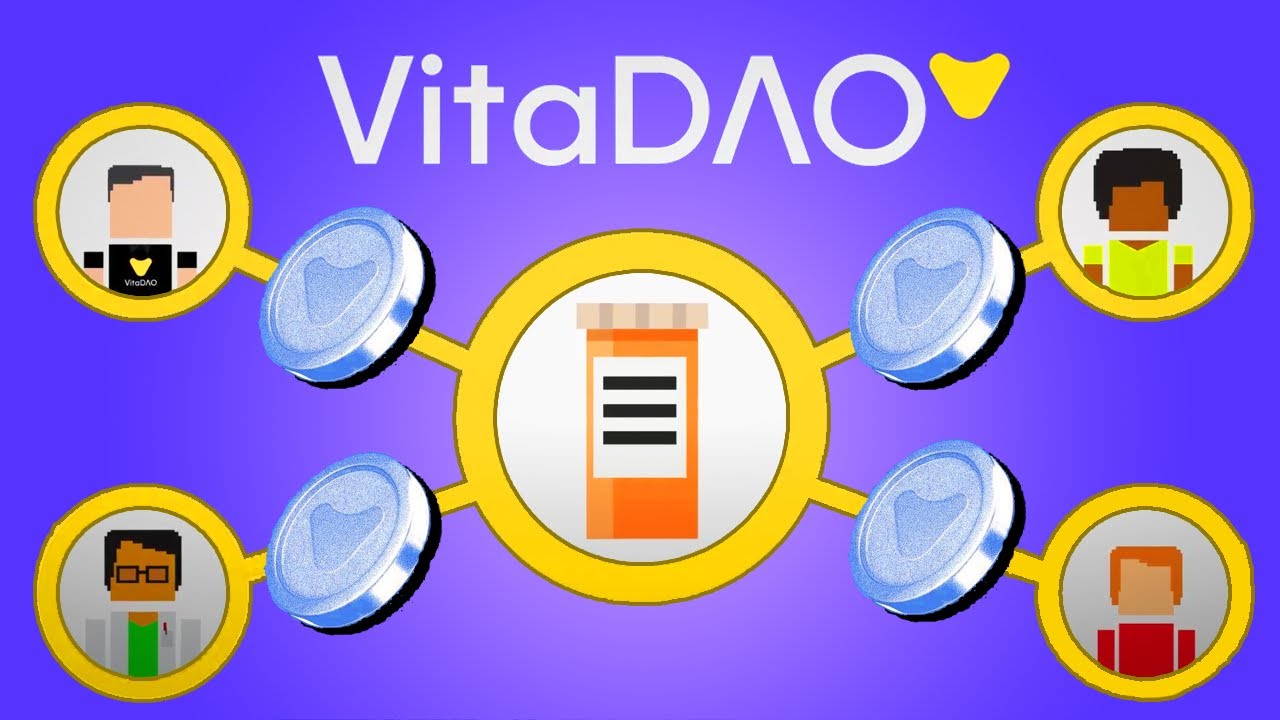
Public Opinion and Moving the Needle on Healthspan
Increasing the healthspan, while science-driven, requires a whole-society effort. The many actors in the movement—science, biotech, government, patients, nonprofits and the entire healthcare delivery system, make up a vital coalition of players, all of whom are indispensable in moving the field forward. But ultimately, progress lives and dies based on the support of the larger public, considering that most research is funded by tax dollars. And in the largest sense, the public’s participation is needed down to the level of individuals embracing new therapies and lifestyle changes for themselves and their families.
Public attitudes regarding science and scientists are a crucial part of the mix. Disappointingly, Americans’ views of both have been in decline for several years, and continue to decline post-Covid, according to a new Pew poll. Declining views of science, scientists and research institutions are consistent with the overall erosion of trust in experts and institutions of all stripes, which have been a major feature of American culture in recent years.
The Healthspan Action Coalition sees this as a public education challenge. We seek to communicate, early and often, the exciting developments in longevity and healthspan science. Healthspan may not be a part of current school curriculums, and new science can take years to weave its way into mainstream consciousness, while patients and ordinary people are often unaware of the promise of today’s revolutionary science. It’s our job to fill the gap.
BECOME A COALITION MEMBER TODAY!
Look for Eve Herold’s New Book on book shelves January 9th

